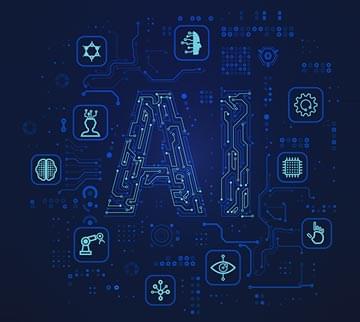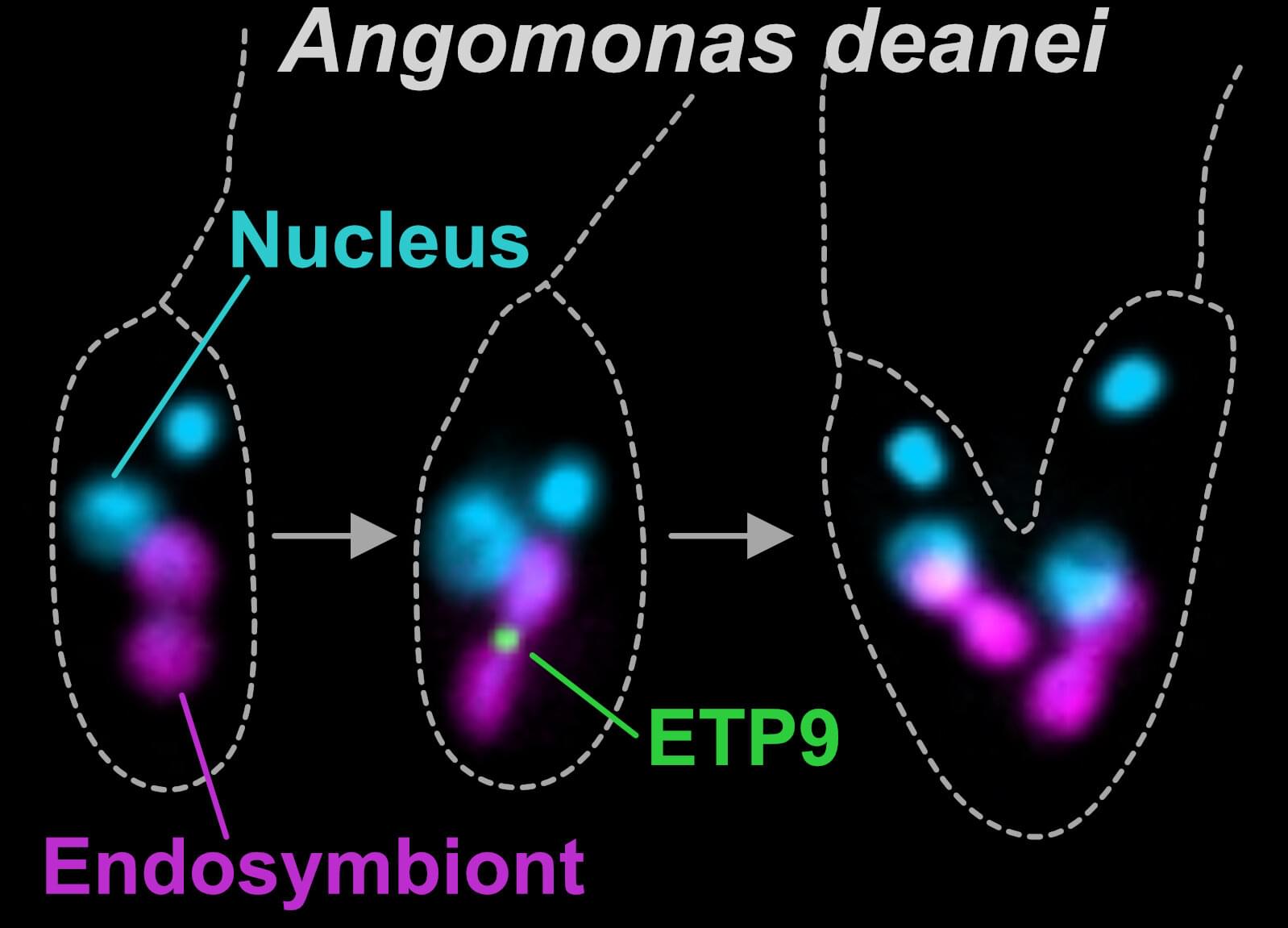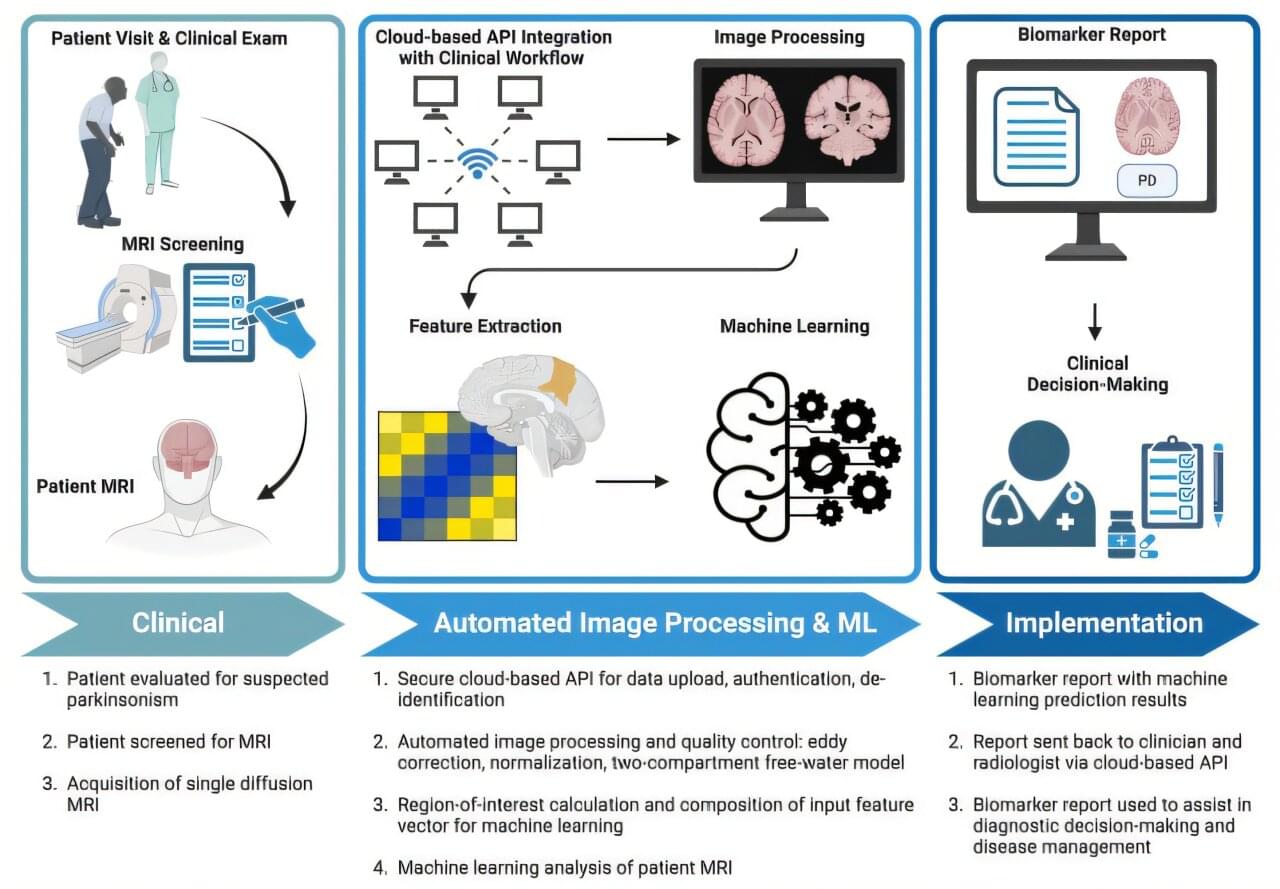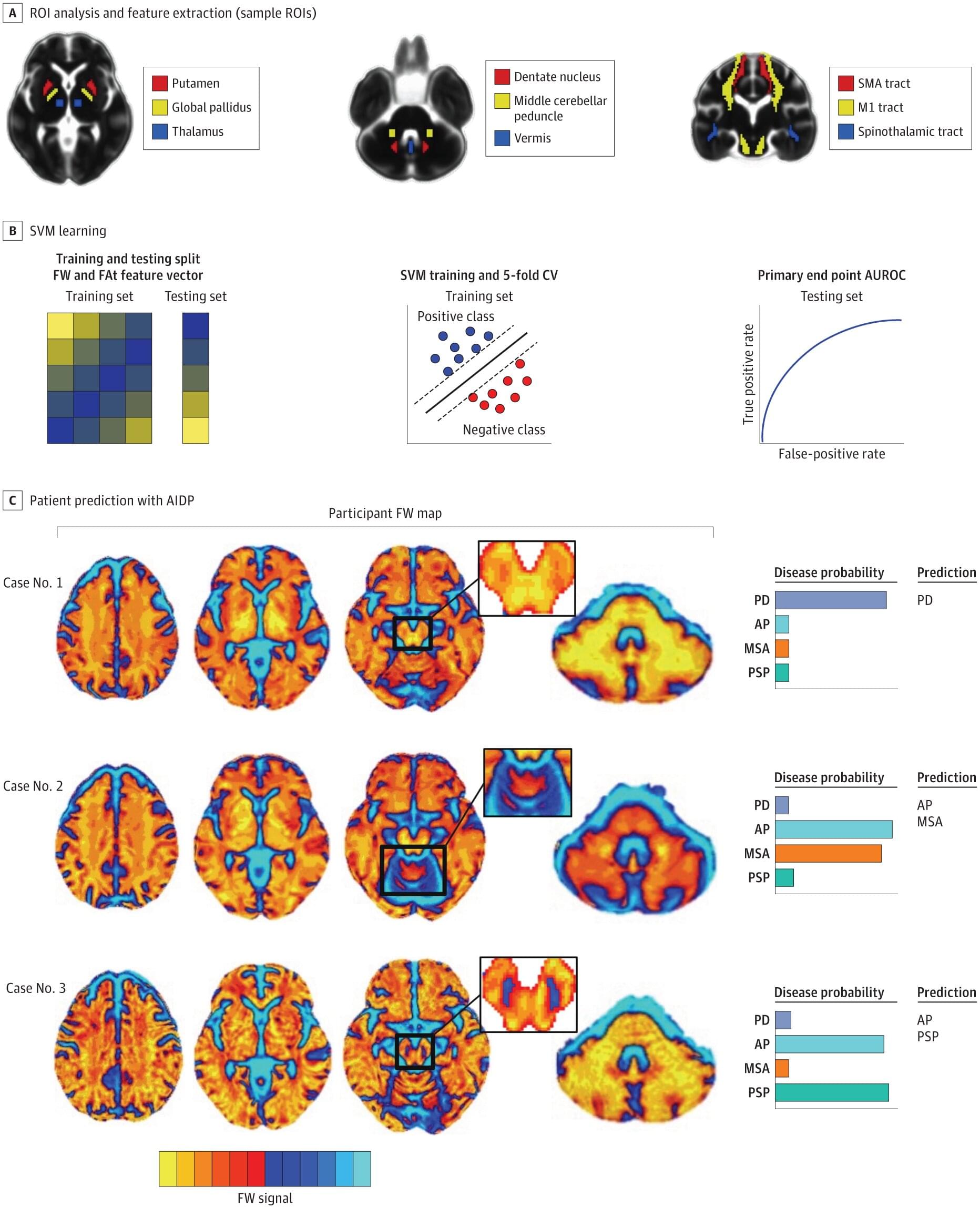The rapid evolution of artificial intelligence (AI) is poised to create societal transformations. Indeed, AI is already emerging as a factor in geopolitics, with malicious non-state actors exploiting its capabilities to spread misinformation and potentially develop autonomous weapons. To be sure, not all countries are equal in AI, and bridging the “AI divide” between the Global North and South is vital to ensuring equal representation while addressing regulatory concerns and the equitable distribution of benefits that can be derived from the technology.
Most G20 members have established comprehensive national AI strategies, notably technology giants like the United States, United Kingdom, China, and countries of the European Union. Global South nations such as Brazil, Argentina, and India, despite economic constraints, are demonstrating progress in leveraging AI in areas like social services and agriculture. Future strategies must anticipate emerging threats like Generative AI (GenAI) and Quantum AI, prioritising responsible governance to mitigate biases, inequalities, and cybersecurity risks.






